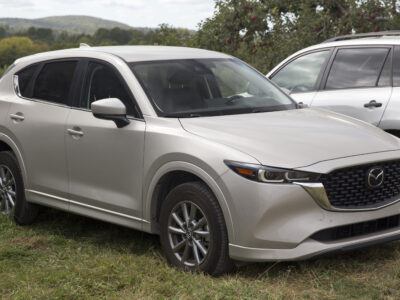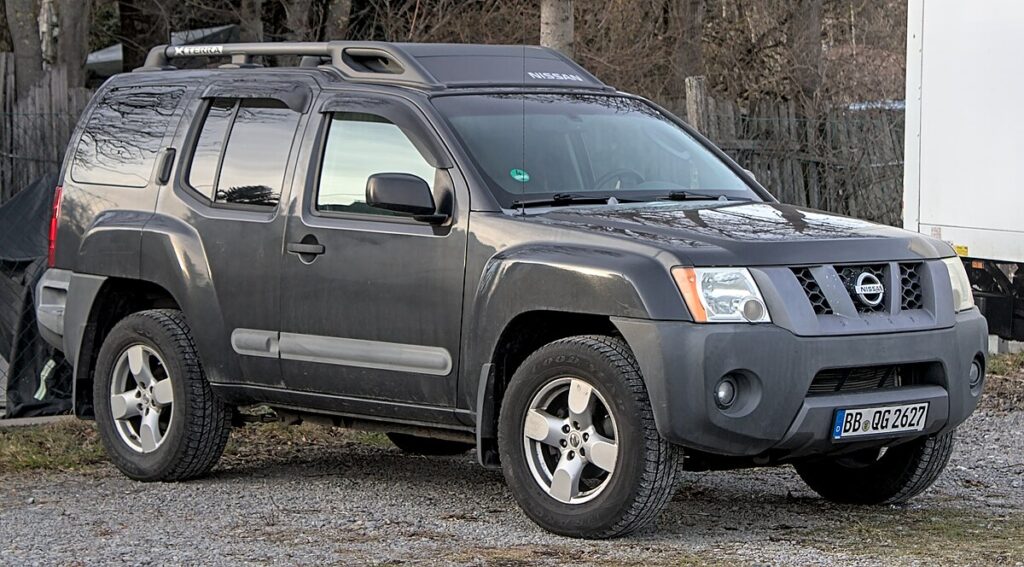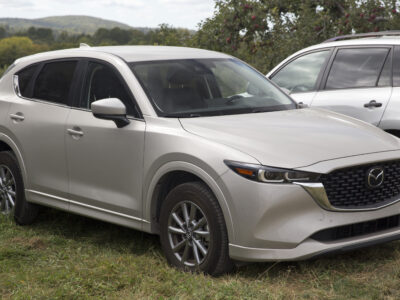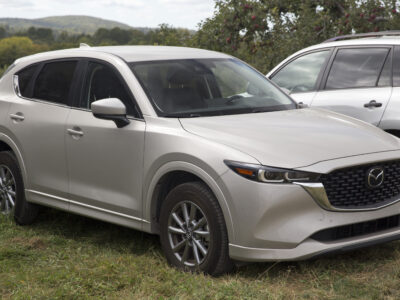
Nissan Xterra Towing Capacity: Complete Breakdown by Year and Configuration

The Nissan Xterra may be best known for its rugged design and off-road capability, but its towing performance is equally impressive. Between 2000 and 2015, this midsize SUV maintained a consistent towing capacity, with only a few exceptions in the early manual-transmission models.
Key Overview: Nissan Xterra Towing Capacity at a Glance
- Maximum towing capacity: 5,000 lbs (most 2004–2015 models)
- 2000–2003 models:
- Automatic transmission: 5,000 lbs
- Manual transmission: 3,500 lbs
- Maximum tongue weight: 500 lbs
- Gross Combined Weight Rating (GCWR): Around 9,650–9,660 lbs
- 2WD vs 4WD: No difference in towing capacity between drivetrain options
Towing Capacity by Model Year
1. 2000–2003 Nissan Xterra (First Generation)
The earliest Xterras offered different towing ratings based on the transmission type:
| Configuration | Towing Capacity | Notes |
|---|---|---|
| Automatic Transmission | 5,000 lbs | Matches later-generation models. |
| Manual Transmission | 3,500 lbs | Lower due to transmission limitations. |
| Tongue Weight | Up to 10% of trailer weight (350–500 lbs) | Dependent on load distribution. |
Even though Nissan listed both 2WD and 4WD variants, the drivetrain itself did not significantly impact the official towing rating during these years.
2. 2004–2015 Nissan Xterra (Second Generation)
From 2004 onward, Nissan unified the towing specifications across nearly all trims and configurations. These models shared identical ratings regardless of drivetrain.
- Maximum Trailer Weight: 5,000 lbs
- Maximum Tongue Weight: 500 lbs
- GCWR: Approximately 9,656 lbs (2004–2010) and 9,658 lbs (2011–2015)
The 4.0-liter V6 engine and five-speed automatic transmission equipped on most later models provided ample torque and stability for towing small campers, boats, or utility trailers.
You may be interested in reading Nissan Xterra Bolt Pattern Guide: Complete Specifications, Torque Values, and Fitment Chart
Nissan Xterra Bolt Pattern Guide: Complete Specifications, Torque Values, and Fitment ChartReal-World Owner Experience
Owners consistently report that the Xterra tows trailers in the 4,000–5,000 lb range without difficulty when properly equipped. The SUV remains stable on flat roads and moderate grades, but heavy loads or steep mountain passes can strain the drivetrain and require careful throttle management.
Drivers note that the Xterra feels more confident with weight distribution hitches and trailer brake controllers installed. Those additions improve balance and braking control—especially at higher speeds or when towing near the limit.
Factors That Influence Safe Towing
Even though Nissan’s rated maximum is 5,000 lbs, real-world conditions often dictate a more conservative figure. Several factors can reduce actual safe towing performance:
1. Payload Weight
Passengers, luggage, and accessories all reduce available towing capacity. If your payload is maxed out, you’ll need to tow less weight to stay within the vehicle’s limits.
2. Tongue Weight Balance
Proper tongue weight should equal about 10–12% of total trailer weight. Excessive tongue load reduces steering control and can cause suspension sag.
You may be interested in reading Nissan Xterra Bolt Pattern Guide: Complete Specifications, Torque Values, and Fitment Chart
Nissan Xterra Bolt Pattern Guide: Complete Specifications, Torque Values, and Fitment Chart Nissan Xterra Tire Pressure Guide (2000–2015): Complete PSI Chart by Year and Tire Size
Nissan Xterra Tire Pressure Guide (2000–2015): Complete PSI Chart by Year and Tire Size3. Hitch and Receiver Ratings
Your hitch and ball mount must match or exceed the Xterra’s towing rating. Always verify stamped ratings on aftermarket components.
4. Trailer Brakes
For loads approaching the maximum limit, trailer brakes are essential for safe stopping distances and reduced strain on the SUV’s braking system.
5. Terrain, Temperature, and Altitude
Climbing steep grades or driving in hot climates increases engine and transmission stress. Proper cooling maintenance and moderate driving speeds are key.
6. Stability and Sway
Because of the Xterra’s shorter wheelbase, some trailers may sway under certain conditions. Anti-sway bars and weight-distribution systems can minimize this risk.
Recommended Towing Practices
While the Xterra’s maximum rating is 5,000 lbs, practical towing is safer and smoother at about 80–90% of that capacity. Following these guidelines ensures optimal stability and safety:
You may be interested in reading Nissan Xterra Bolt Pattern Guide: Complete Specifications, Torque Values, and Fitment Chart
Nissan Xterra Bolt Pattern Guide: Complete Specifications, Torque Values, and Fitment Chart Nissan Xterra Tire Pressure Guide (2000–2015): Complete PSI Chart by Year and Tire Size
Nissan Xterra Tire Pressure Guide (2000–2015): Complete PSI Chart by Year and Tire Size Nissan Qashqai Dashboard Warning Lights Explained: Complete Guide (2006–2025)
Nissan Qashqai Dashboard Warning Lights Explained: Complete Guide (2006–2025)- Keep trailer loads between 4,000–4,500 lbs when possible.
- Maintain tongue weight under 500 lbs.
- Balance cargo evenly, keeping around 60–65% of the trailer’s weight forward.
- Use weight-distribution and anti-sway equipment for heavy trailers.
- Monitor engine coolant and transmission temperatures during extended tows.
Conclusion
Throughout its production run from 2000 to 2015, the Nissan Xterra consistently delivered reliable towing capability for its class. With a 5,000-lb maximum rating and solid mid-range torque from its V6 engine, it’s well suited for towing campers, ATVs, boats, and small utility trailers.
However, the key to safe and efficient towing lies in understanding real-world limitations—such as payload, hitch rating, and load distribution. When properly equipped and maintained, the Nissan Xterra remains one of the most versatile midsize SUVs for towing light to medium loads confidently and safely.
If you want to know other articles similar to Nissan Xterra Towing Capacity: Complete Breakdown by Year and Configuration you can visit the category Blog.
Deja una respuesta






More content of your interest